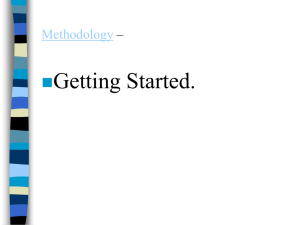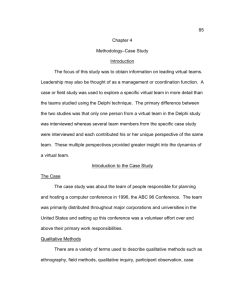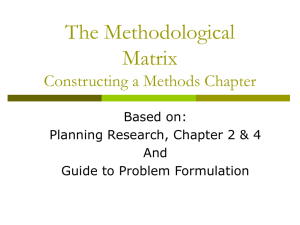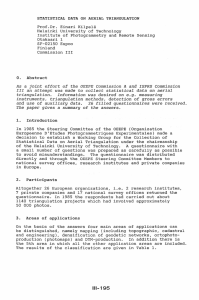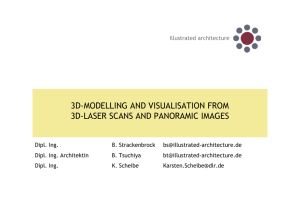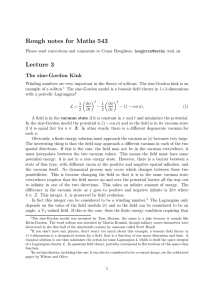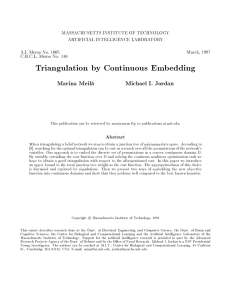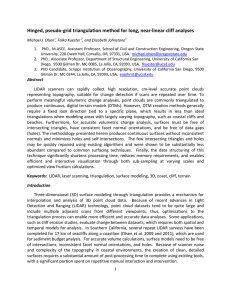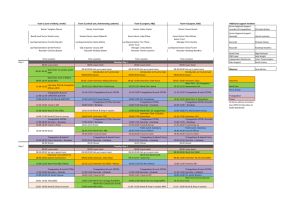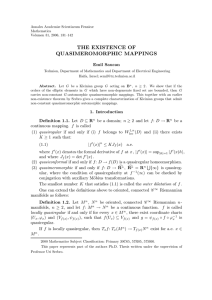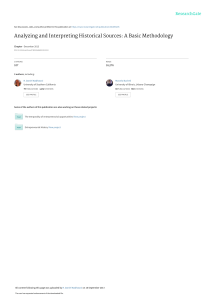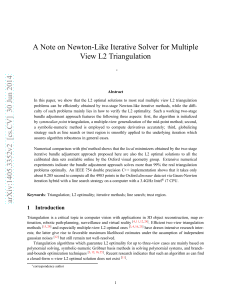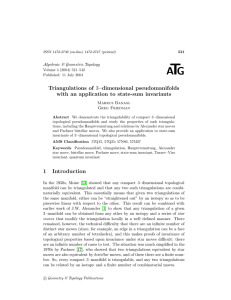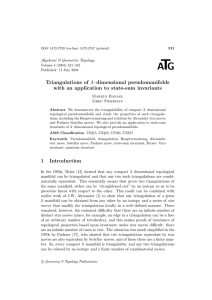Preparing for Data Collection
advertisement
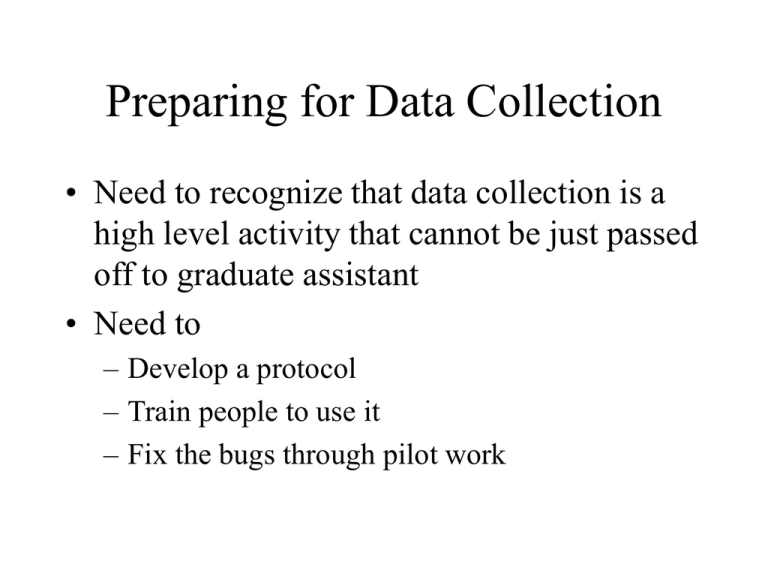
Preparing for Data Collection • Need to recognize that data collection is a high level activity that cannot be just passed off to graduate assistant • Need to – Develop a protocol – Train people to use it – Fix the bugs through pilot work Desired Skills for Collecting Case Data Ask Good Questions Be an Open Minded Listener Be adaptive and Flexible Need to be knowledgeable Unbiased by preconceived notions Training • Seminar approach – Meanings, discussions, clarifications needed – Cannot just lecture at someone. – Need to help them learn the subtle meanings that come from deeper analysis of the case study topic. Case Study Protocol • • • • Overview of Case Study Project Field Procedures Case Study Questions Analysis Plan and Plan for Case Study Analysis • See Figures 3.2-3.5 Pilot Study • More general • Work on Logistics • Pilot interviews, questionnaires, data collection protocols • Learn about the culture of the organization • Learn about other types of data or other considerations Collecting Evidence • • • • Six Data sources Using multiple sources of data Need for a case study database Need to document the chain of evidence Sources of Data • • • • • • Documentation Archival Records Interviews Direct Observation Participant Observation Physical Artifacts Documents and Archival Records • Documents – Memos, reports, agendas, etc. • Archival Records – Service records, organizational records, maps, charts, names, other relevant stuff Interviews • Open-ended – Facts and opinions – Respondent becomes informant – Need corroboration • Focused – Done to corroborate facts – Try not to be too leading • Survey Form – More formal – Needs corroboration Problems with Interviews • • • • Self-report May be inaccurate May reflect bias of individual May have social desirability effects Direct Observation • • • • Watching something in action Helpful to have multiple observers May want to video or audiotape Need to be aware that participants may act in ways that are socially desirable. Participant Observation • Actually being a part of the case – Live in the setting – Work in the organization – Take the class • Advantage – Get insider information – May be able to manipulate the environment • Disadvantage – Getting caught up in the culture – Difficulty in doing observation while participating Physical Artifacts • Items or things that are traces of a culture or group • E.g., the computer print outs • E.g., might study lab use by looking at history on the computers in labs, paper in the recycle bin etc • Yin suggests that they are not as useful for case-studies, but can provide support Use Multiple Sources of Evidence • Triangulation • • • • Of data sources (data triangulation) Among different evaluators (investigator triangulation) Of perspectives on the same data set (Theory Triangulation) Of methods (Methods Triangulation) – Convergence confirms ideas – Nonconvergence leads to further investigation and data collection Case Study Database • Case Study Notes – Field notes – Audiotapes – Computer files • Case Study Documents • Tabular Materials • Narratives(Essay answers that marshal evidence for answers to questions from the protocol) Maintain A Chain of Evidence • Drawing conclusions from large amounts of converging evidence taxes working memory • Need to write out and document how you draw conclusions Group Activities for Today • Decide what kinds of data you could collect to answer your questions • Develop a case study protocol for your study For each of your research questions, describe the categories of data you will collect Documentation Archival Records Interviews Direct Observation Participant Observation Physical Artifacts Case Study Protocol • Purpose and Introduction • Fieldwork procedures • Case Study Questions and sources of information to answer those questions • Analysis plan, case study reports to be generated, and references Purpose and Introduction • What is the background for the study? • Why were these particular questions of interest • Basic information on purpose and setting Field Work Procedures • How will you get access to the setting? • Schedule of visits and determination of who to visit or see • Determine what is needed for visits • Provision for training fieldworkers • Instructions for interviewers going out to talk with someone • Provision for unanticipated events Case Study Protocol and Questions • Each question you wish to answer is laid out with the potential data to answer it listed with it • Inclusion of “shells” to indicate interesting crosstabulations Plans for Case Study Report • How will you do this depends on the nature of your case study • May need individual and cross-case reports • May develop annotated bibliography of case reports and presentations to keep track of and cite
